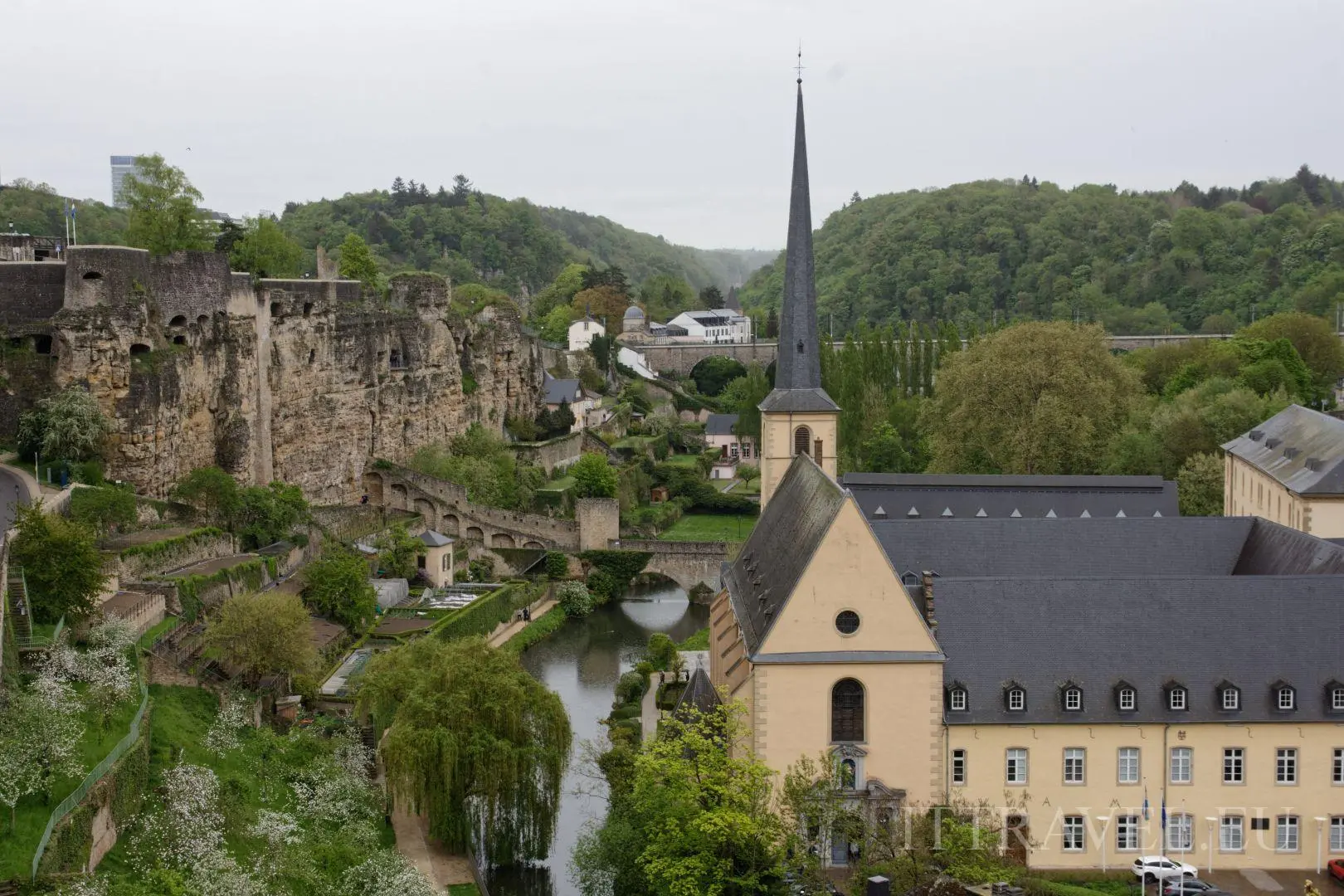
Heidelberg and Luxembourg - May 2018
As destination for long May weekend trip in this year we choose two countries that we were planning to visiting for long time - Luxembourg and Belgium with stop in Heidelberg Germany. As for four days trip plan was pretty tense, but we wanted to see only most important places.
Heidelberg We started from Munich already on Friday after work. We were a little afraid of traffic, but fortunately most of it was going other direction. Later we found that due the weather, south of Europe would be much better choice, but real traveler is not afraid of rain 😉 In morning we woke up early - about 10 o'clock we were already on old town - but still we took one of last places in underground parking -so if you are planning car trip - remember about it! Heidelberg was founded in 1196 as monastery town. It changed owners and religion several times. Today it's well known university center and fifth biggest city in Land Baden-Wurttemberg. Most known sights in the city are: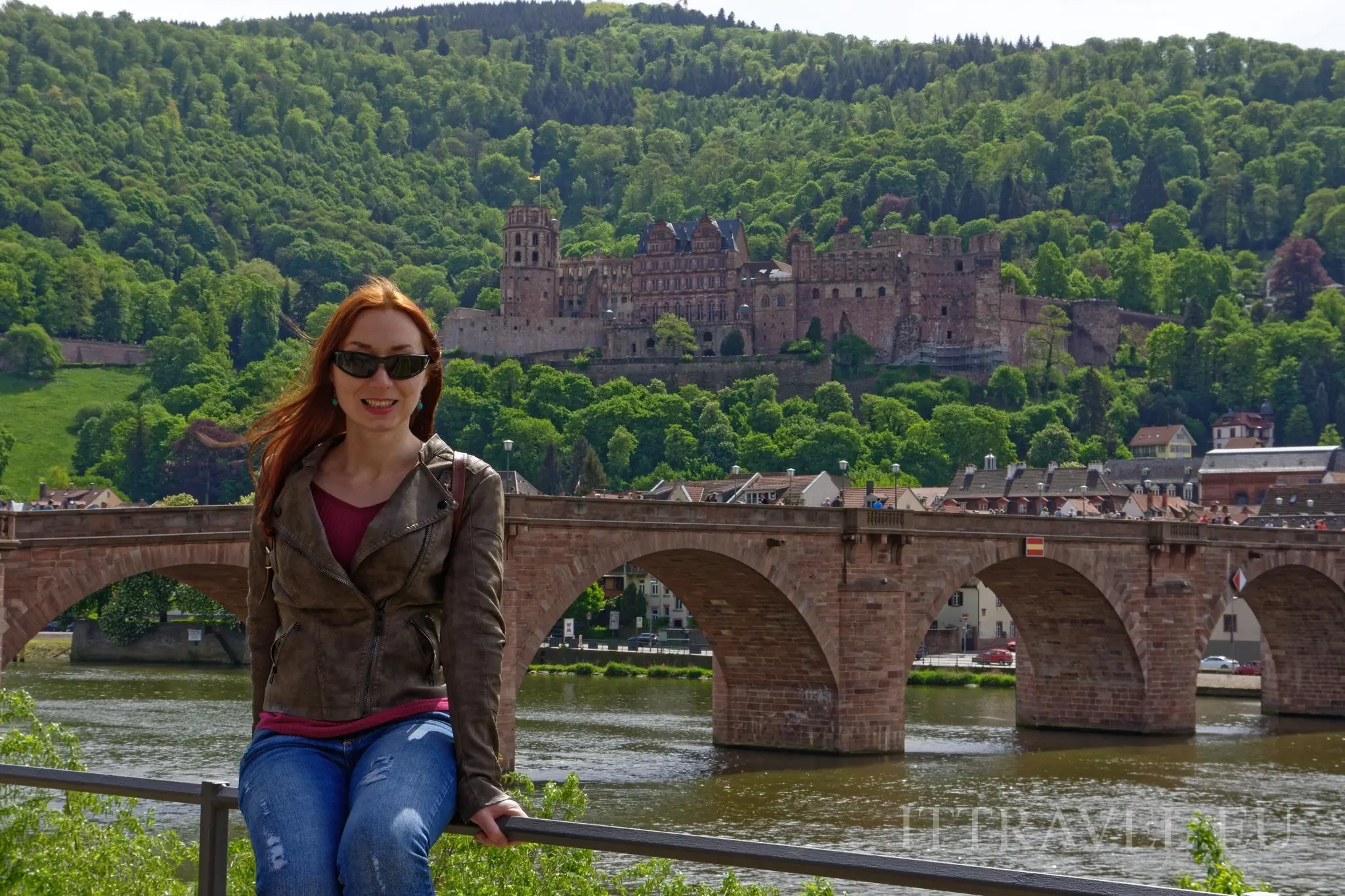
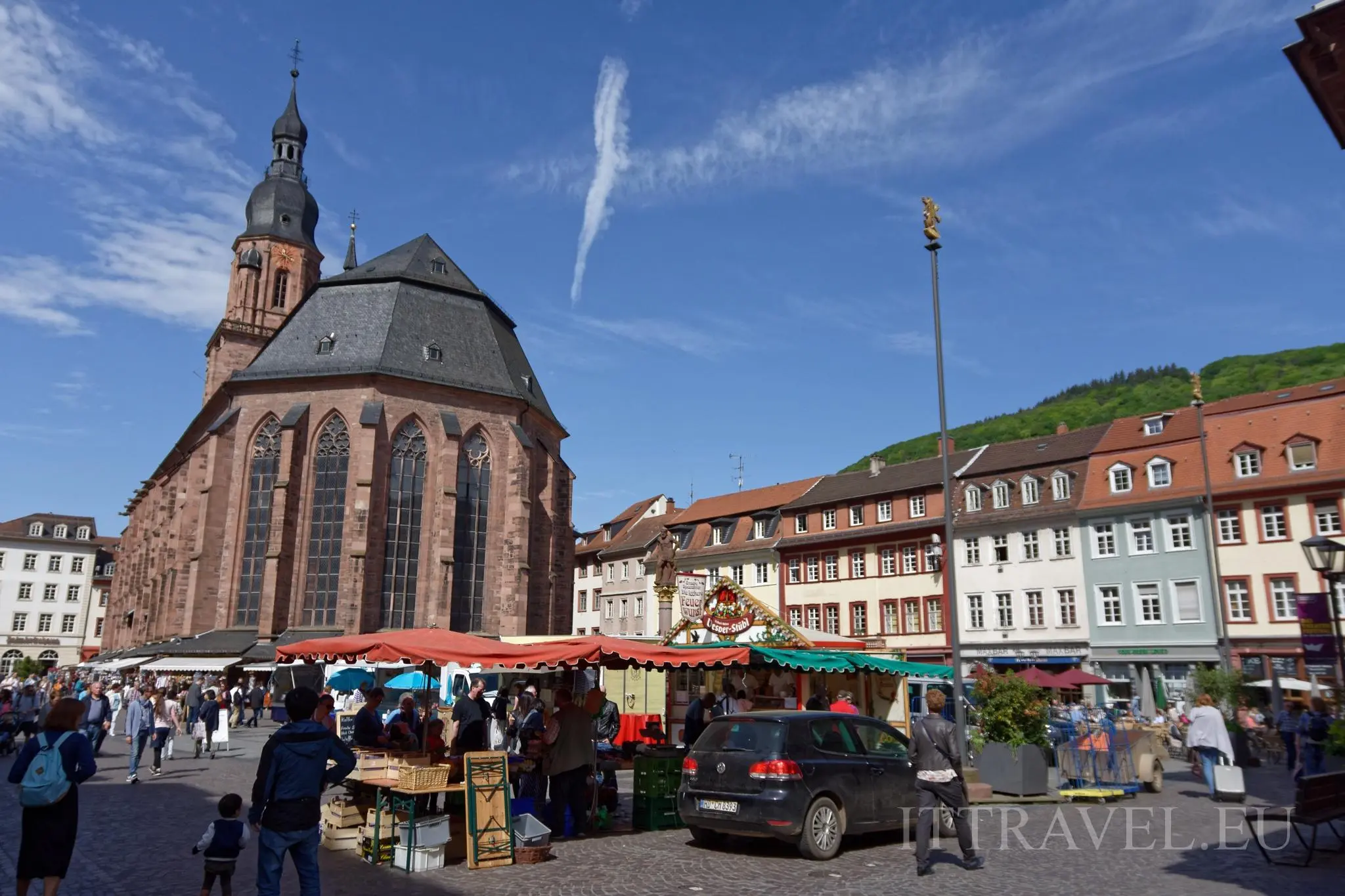
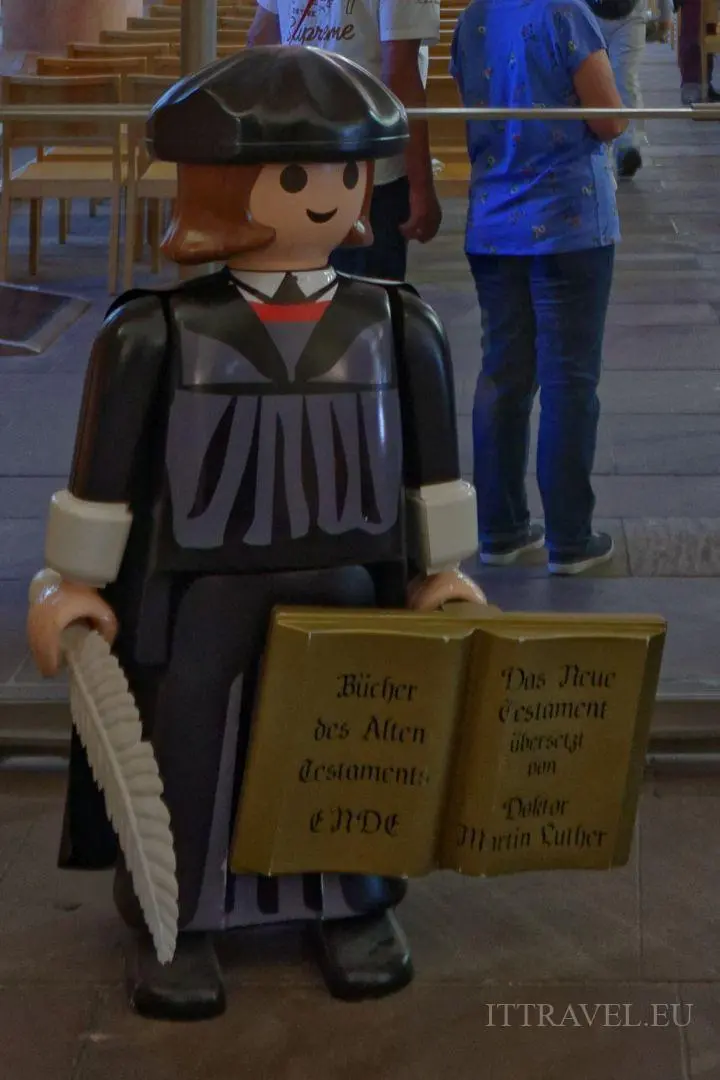
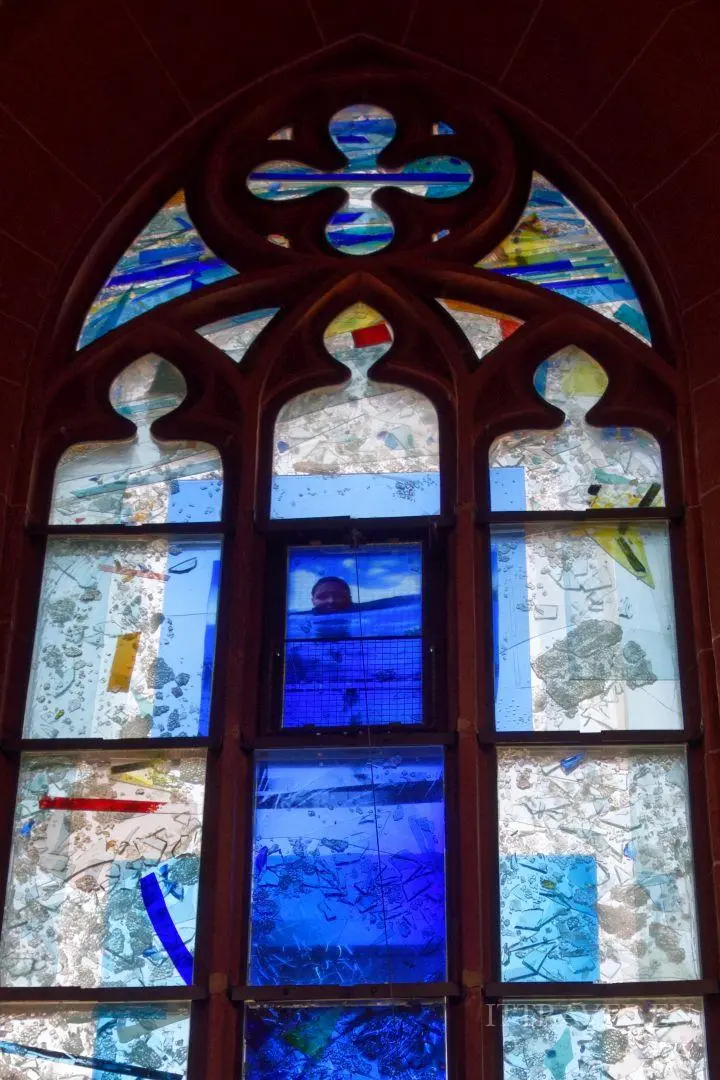
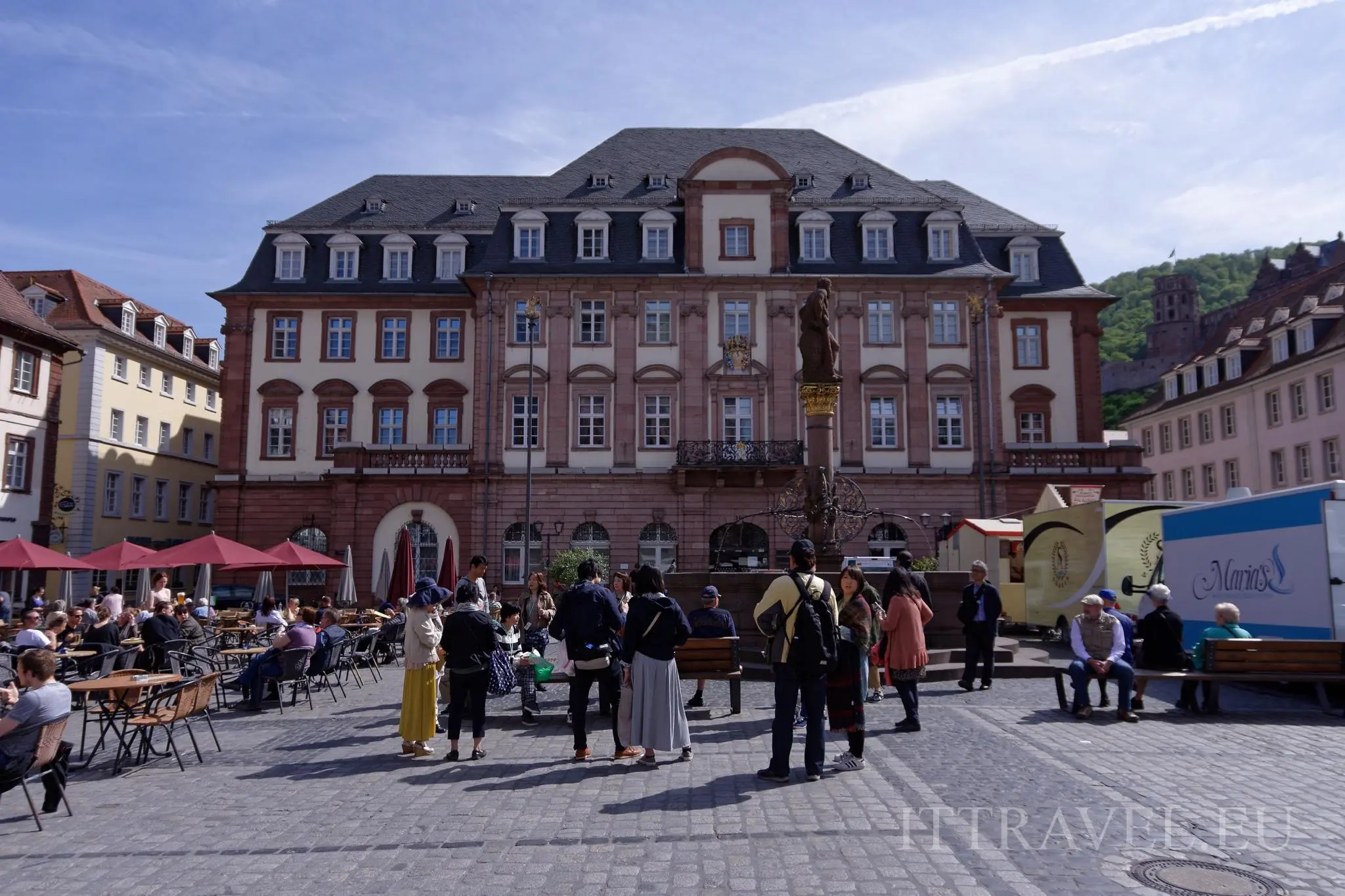
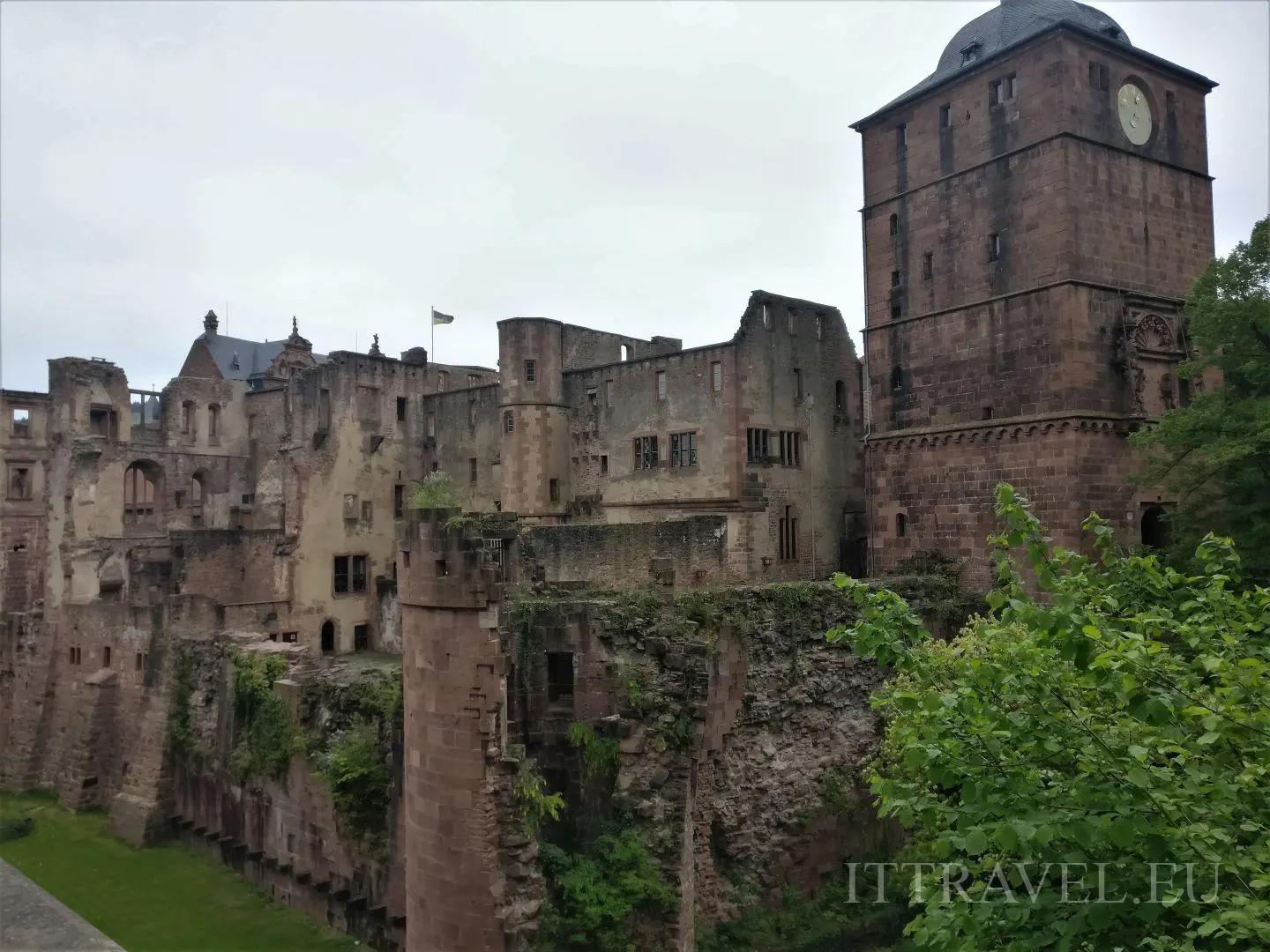
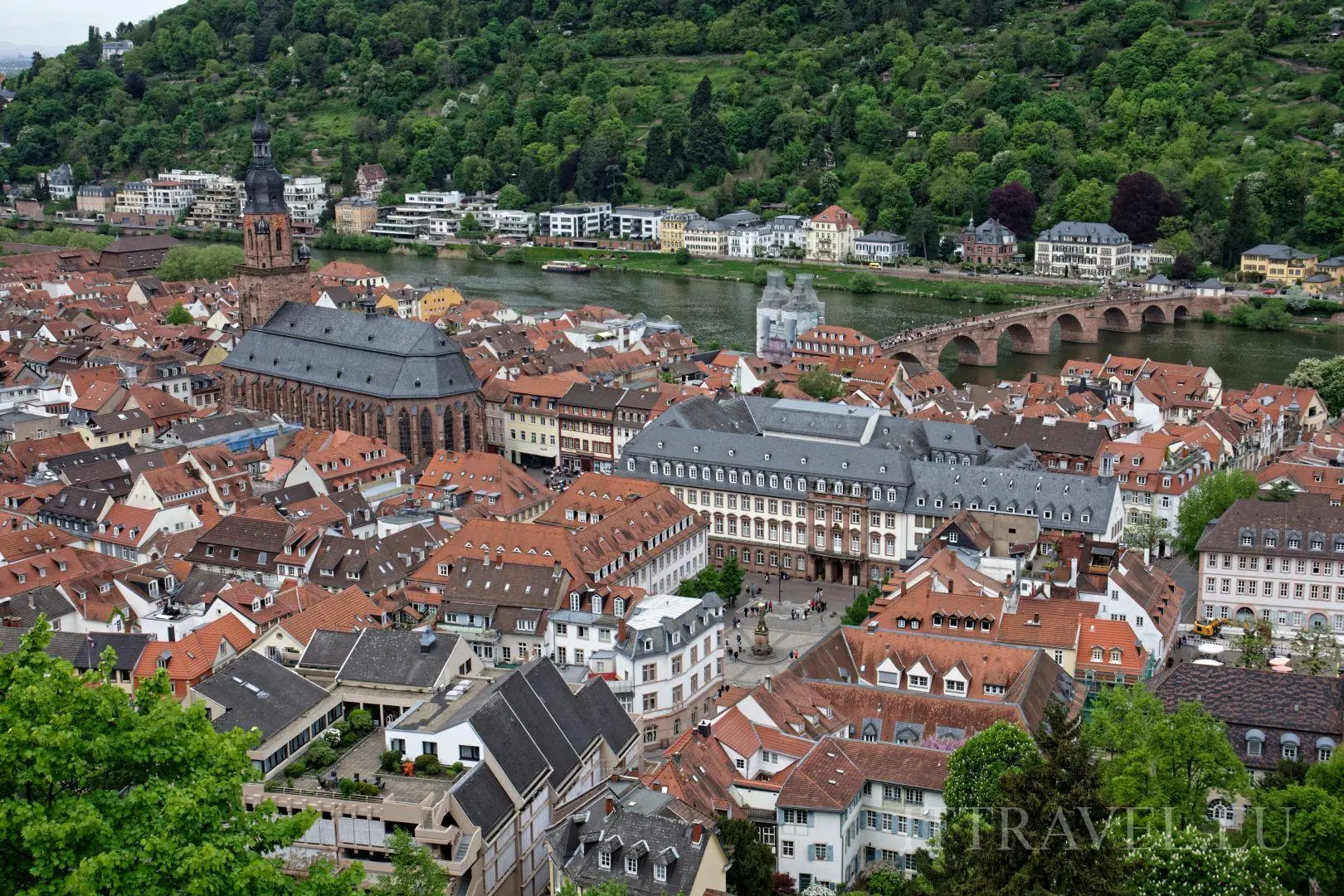
- Student Jail (Studentenkarzer) - where in XV -XVI century disobedient students were sent.
- University library
- cruise on the Neckar River,Rhine inflow
To sum up - it's interesting city for lazy day or longer stop in trip.
Luxembourg
Grand Duchy of Luxembourg was next point of our road trip. The rulers of the tiny country from the 10th century were expanding their property. It lasted till XIV century, when Henry VII of Luxembourg become Emperor of Germany and Holy Roman Emprie. After the extinction of the House of Luxembourg in the fifteenth century, the duchy changed owners many times, and also its size was reduced by surroundings countries. Again independent from 1867 - was only occupied during both world wars. Now second (after Liechtenstein) richest country of Europe, with GDP per person four times bigger than in our country - Poland (!). Reason why country 121 times smaller than Poland has such big income is fact that on such small area there are 166 banks (with European Investment Bank of the European Union) and plenty of other financial institutions. Official languages are: Luxembourgish (which comes from dialect of German), French and German.Luxembourgish is language used mostly when speaking, in private, tv, and even on government deliberations. However most of newspapers, documents and law are written off in French. In theory most of inhabitants should speak English, which is used in business and banking. In theory - because first surprise was when we realized that hotel service was speaking only French and in English only few words... Our hotel was pretty far from center of city - about 3,5 km, but nevertheless best way to get to old town was on foot. Half of day spent in city was enough to see most important sights: 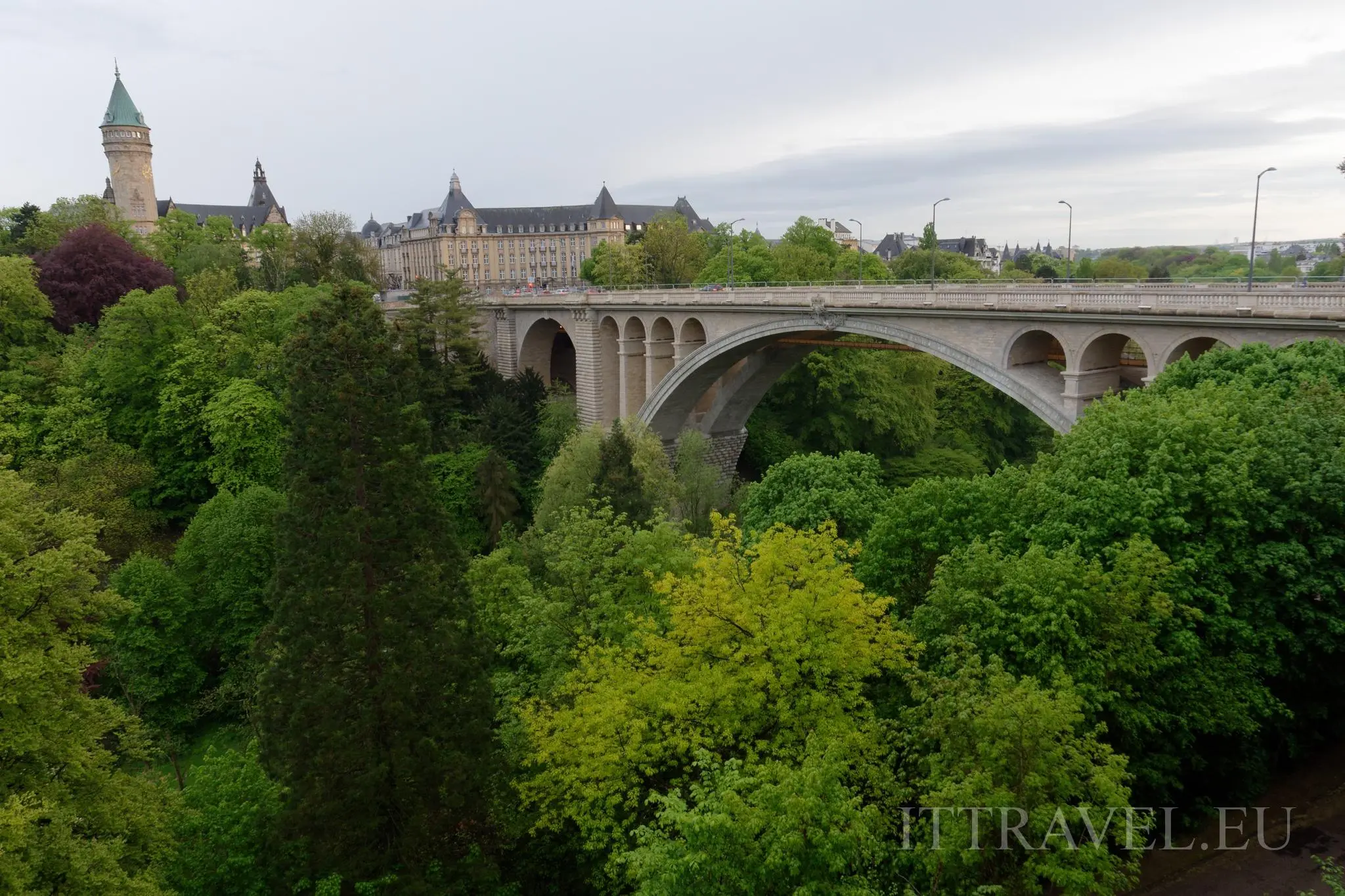
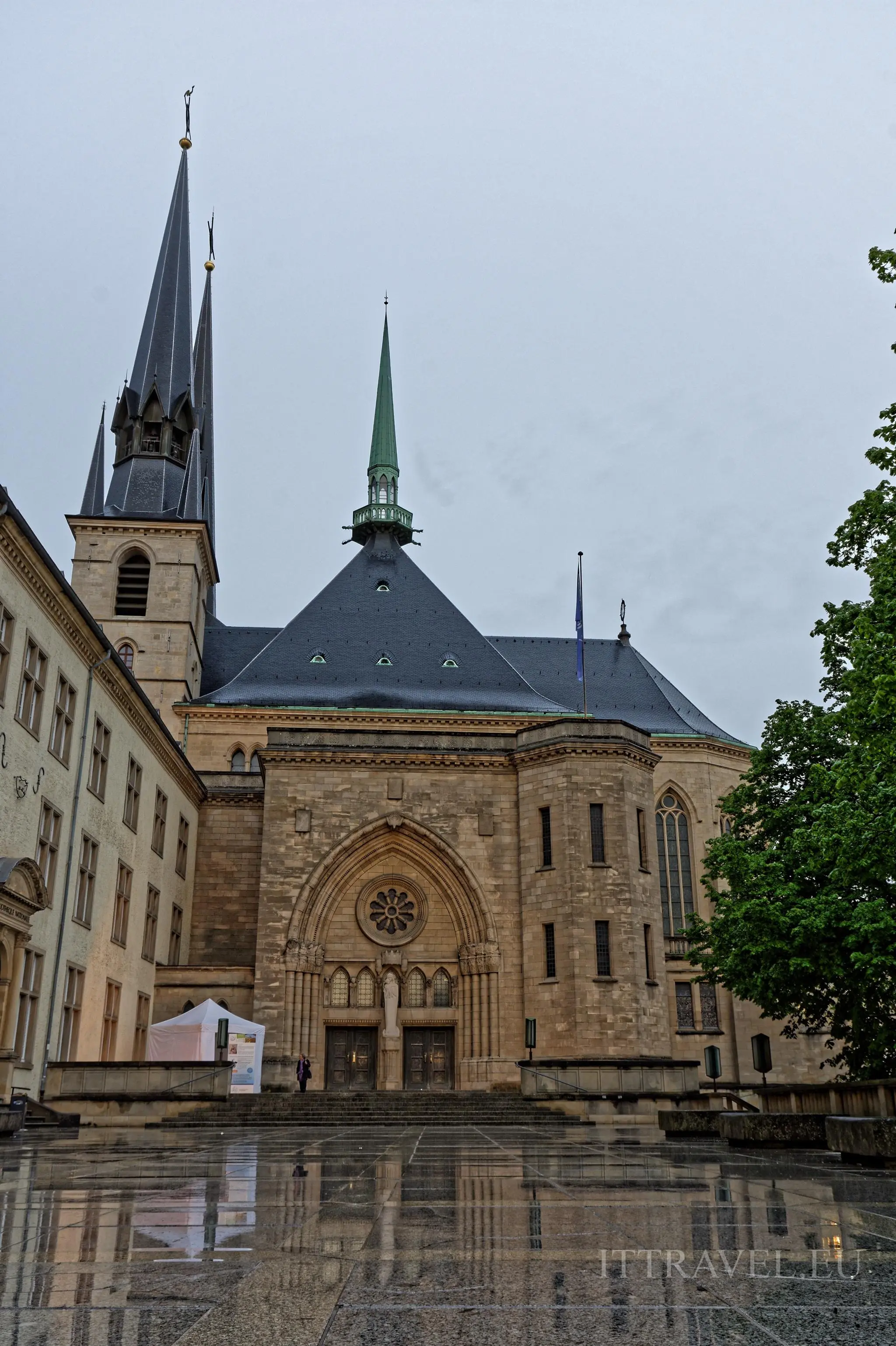
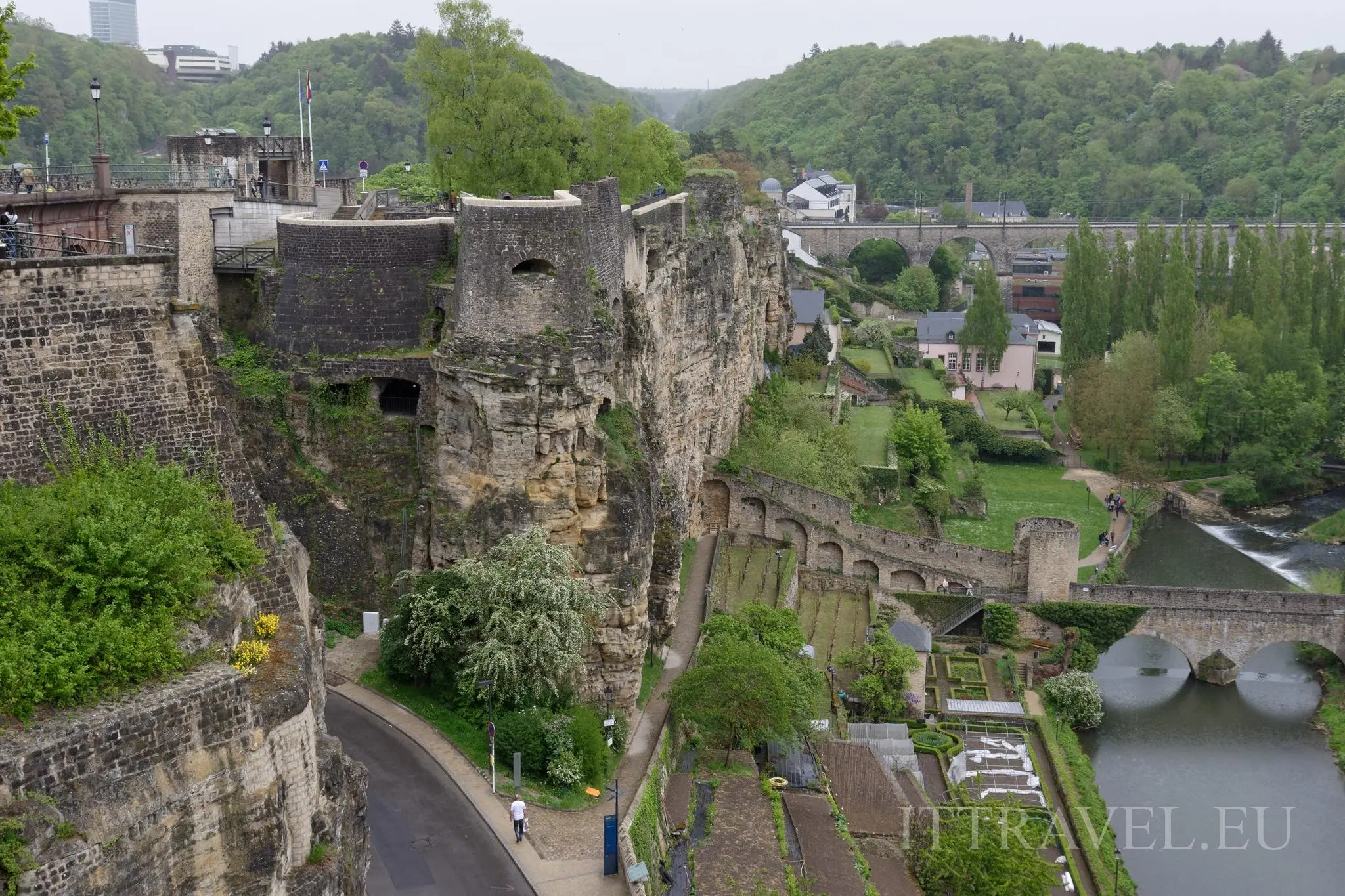
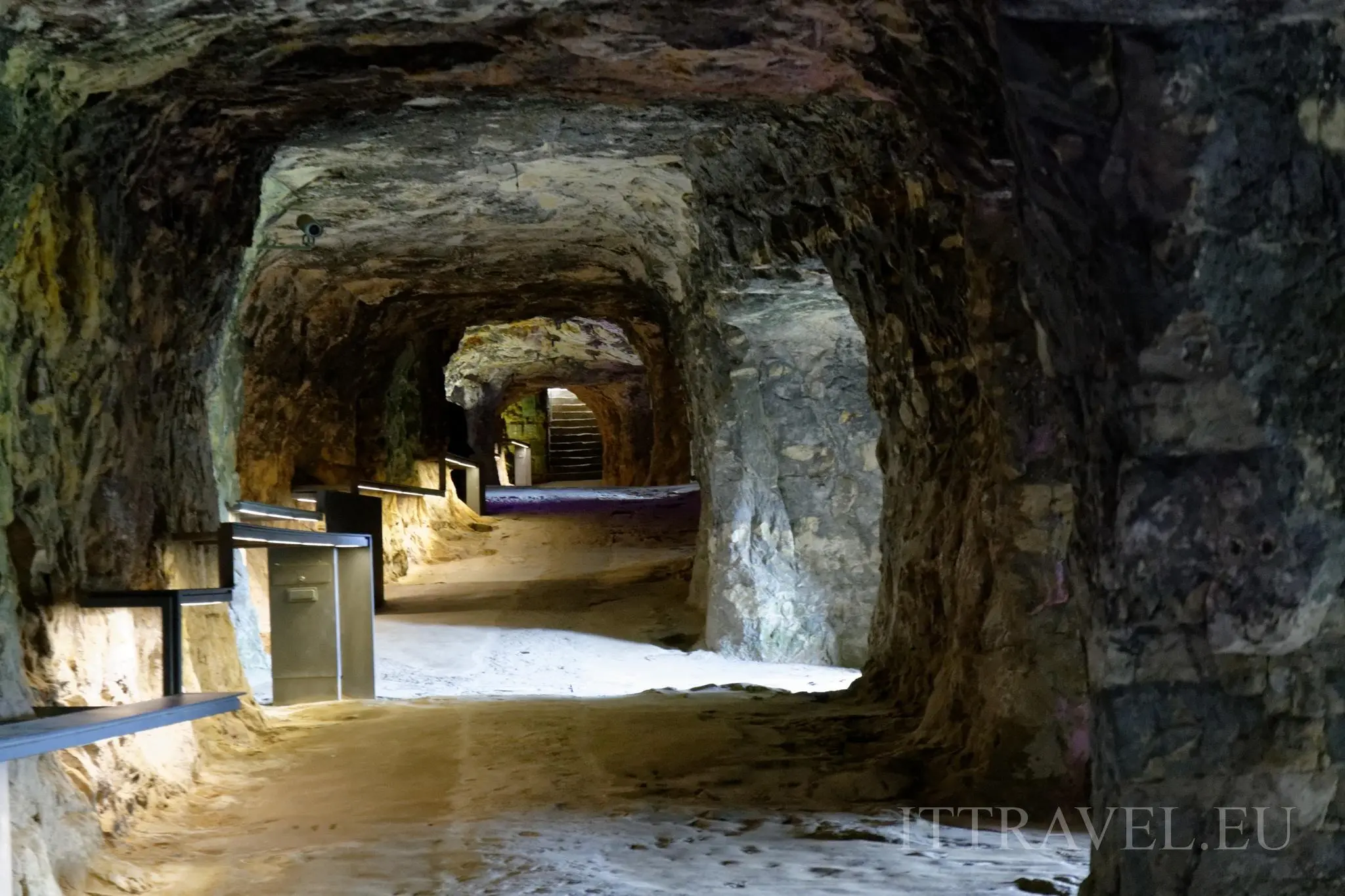
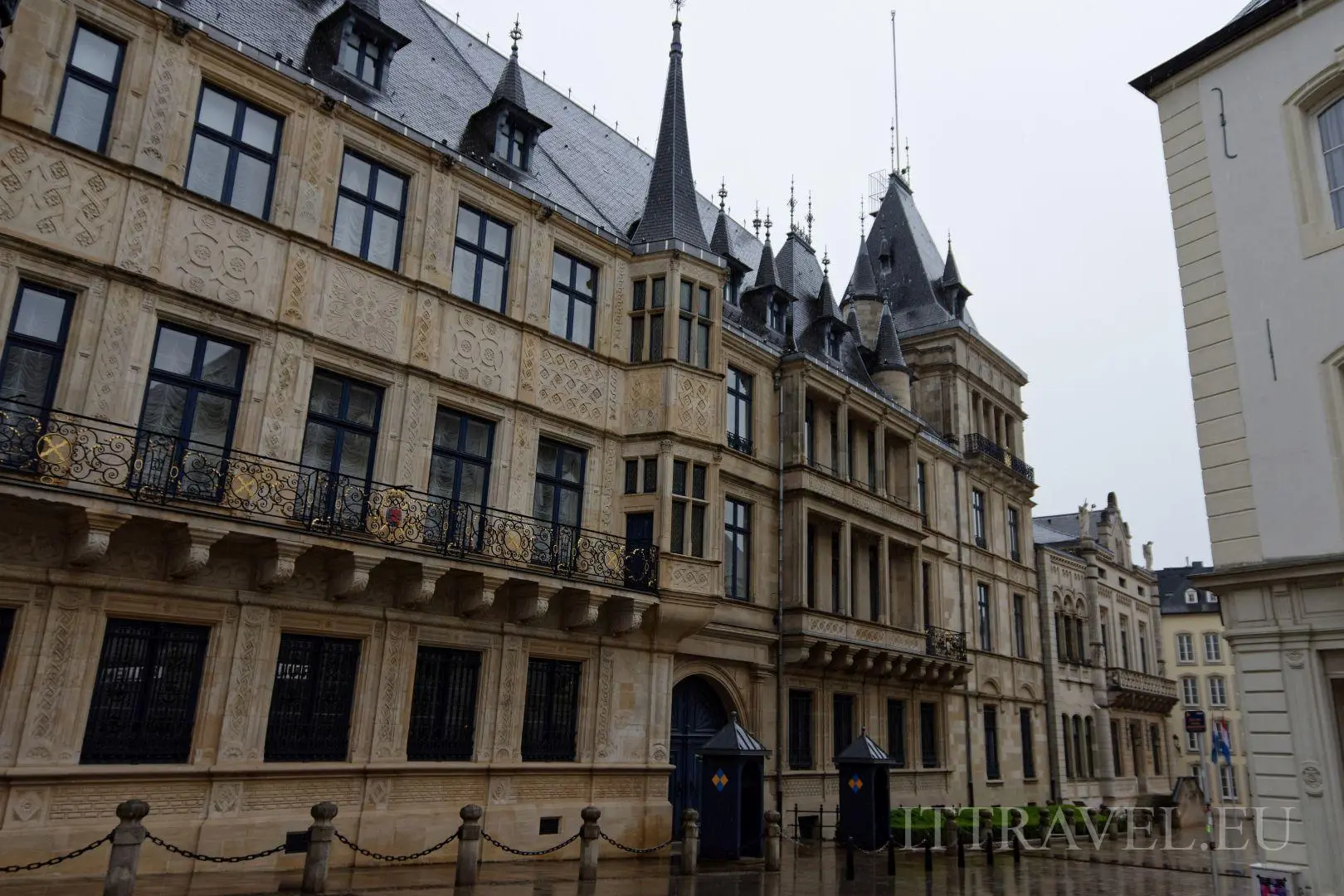
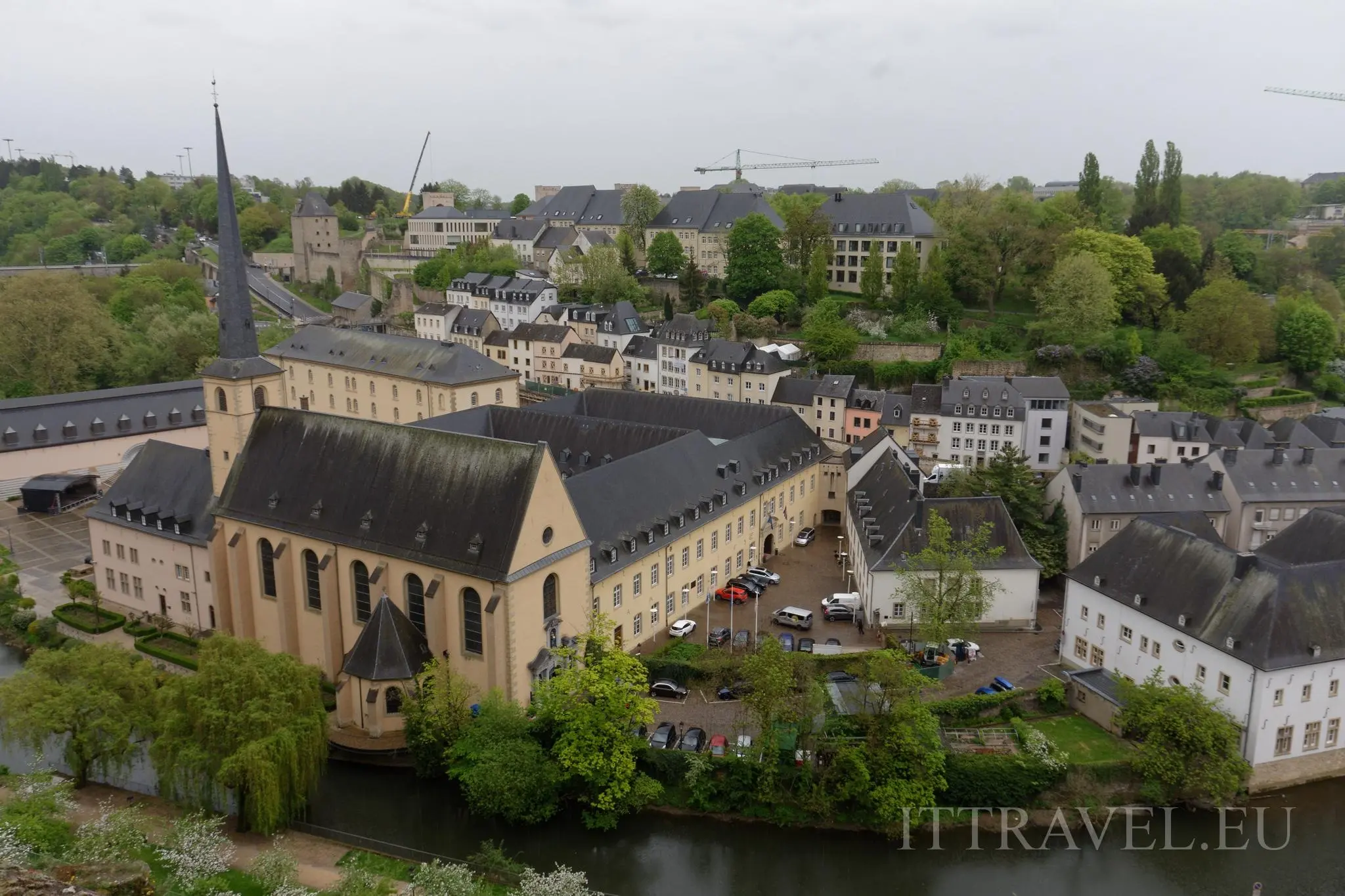
The center of Luxembourg is clean, tidy, and elegant. The buildings are in good condition, but they are not overly decorated, rather practical. Fortunately, the fact that the city is located on small hills makes it more interesting. One full day is enough to visit all tourist attractions, after that time you can start to be bored. We were lucky that during the weekend in May there were several festivals in the city (booths with food,carousels etc.). In one of these places we ate according to us and advertising - the best waffles in the world! We were surprised by a large group of homeless people (about 25 persons) wandering aimlessly and sipping wine on one of the squares we passed on our way to the center. Returning to the hotel, we saw that a group of gentlemen in blue uniforms is already helping them. Maybe we end in bad neighbourhood, or maybe beside festivals with waffles there was meet of the Luxembourg drunkards?
The next point was Brussels - description soon!